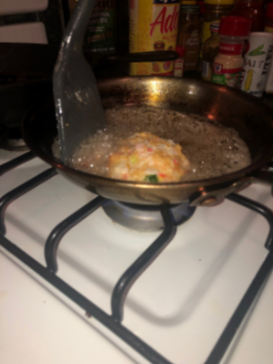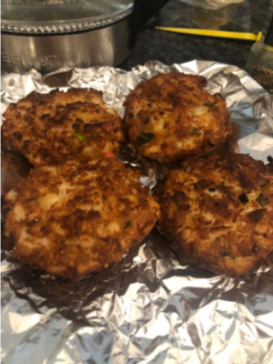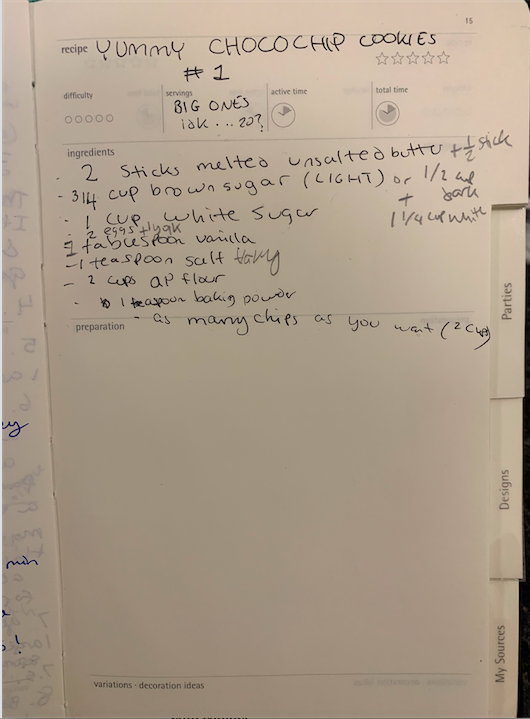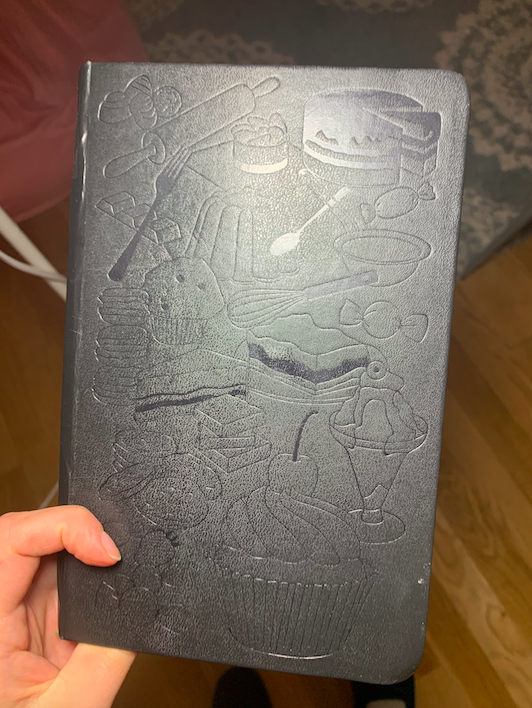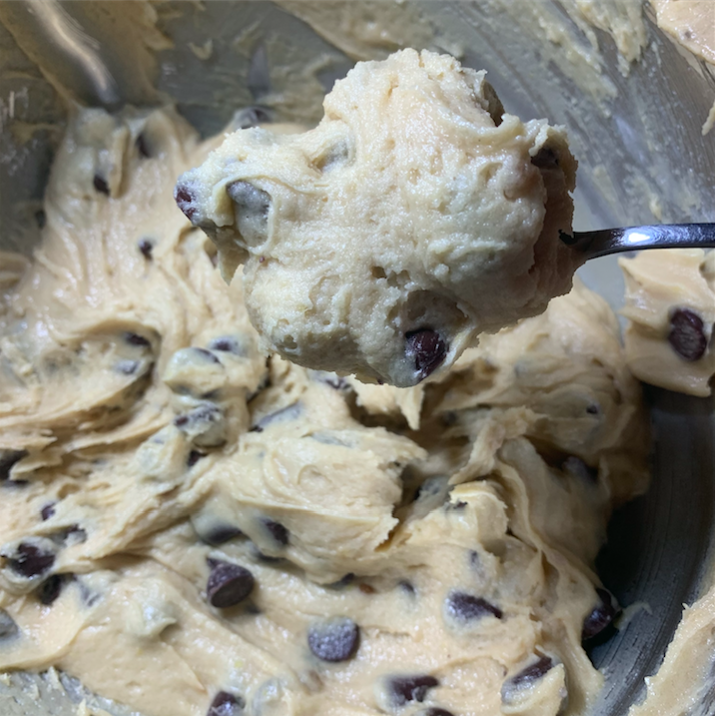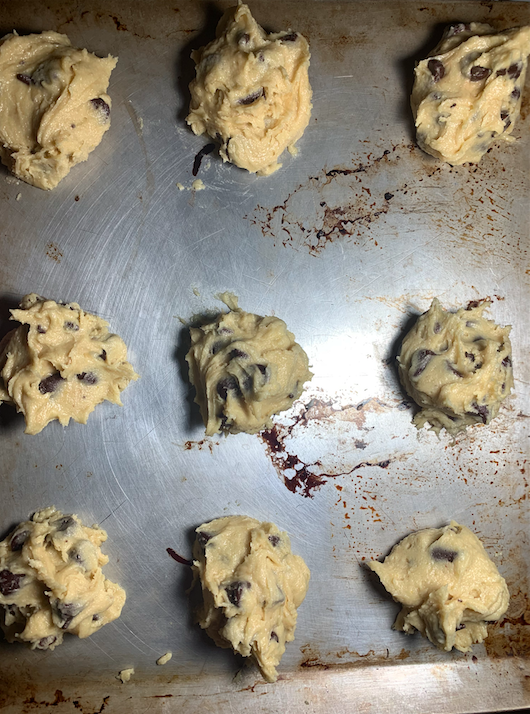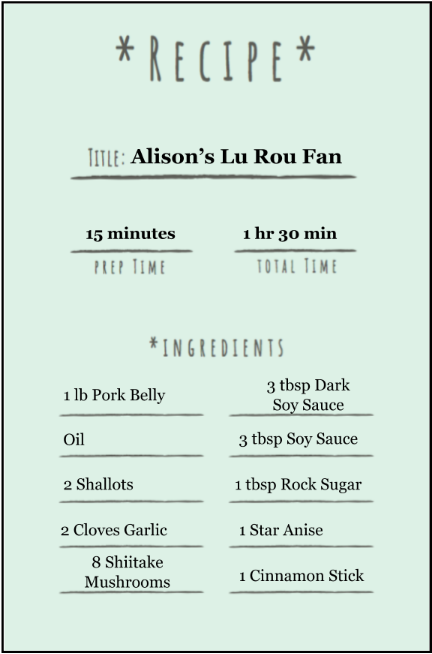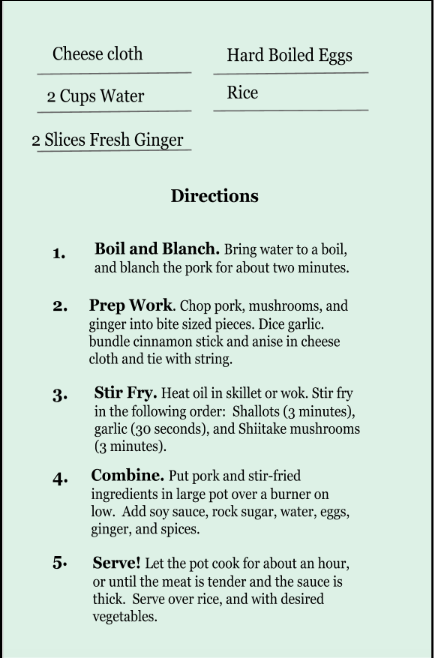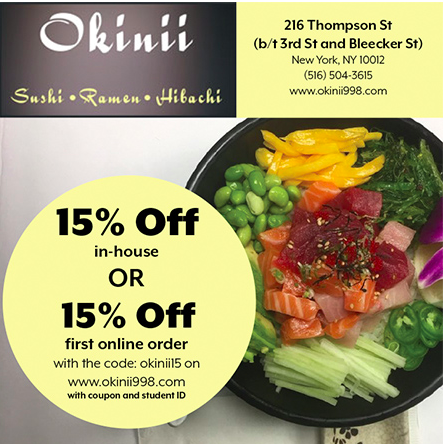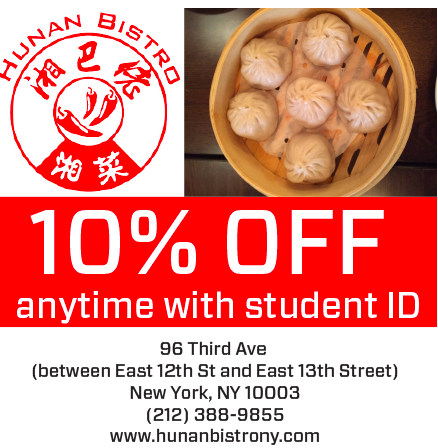Gorin Ramen is nothing short of exceptional. Paris and I stumbled into the chic restaurant on a freezing weekday night, our faces pink and wind burned from the cold. A good bowl of ramen is exactly what we needed. Warm soup broth, noodles, tender pork belly–what else could you want when it’s 25 degrees out?
That being said, this location is more than just a fantastic bowl of ramen. The owner Shuma welcomes us enthusiastically. The restaurant’s ambiance matches Shuma’s energy. The hip and friendly chef from Kyoto is extremely accommodating and eager for us to try the uniqueness of his menu.
When we take a seat, I have a chance to admire the restaurant’s setup. The decor is modern, and the tables and stools match the black brick exterior of the building. All diners have a direct view of the kitchen, which gives people the chance to admire the artistry of the chef and food.
“I’m going to make you guys the gyoza (deep-fried dumplings) and karaage (fried chicken). For ramen the Abura-Soba, the Classic Gorin, and the Kitakata. Also two desserts: the Matcha affogato and Hakka style mochi!”
Paris and I look at each other and exchange smiles–we already know we are in for a treat. We ordered two drinks, a Tokyo sparkling cocktail and a plum wine. Both are delicious, but we are particularly enamored by the cocktail. The bitterness of grapefruit are perfectly complemented by the sweetness of the drink.
The appetizers come out, and we are already impressed by the presentation. The karaage, or fried chicken, is glistening with caramelized sugar. We both take a bite, and I am immediately in love. The skin is crispy, and the saltiness and sweetness is perfectly balanced.
It is a challenge to move on from the chicken, but Paris and I both grudgingly use our chopsticks to pop pork gyoza into our mouths. We aren’t disappointed. “The sauce perfectly compliments the dumpling,” Paris says. “I also love the pairing of scallions, it adds a freshness to the food!”
From our seats we watch Shu conduct culinary magic in the kitchen, noodles and broth boil in big pots. Flames flare as shallots and pork belly fry. The aroma that fills the restaurant is completely intoxicating.
All of the ramens have their time and place. The flavors of the Abura-Soba and Classic Gorin are similar, the pork belly and noodles are the same. The greatest difference is that Abura-Soba doesn’t have broth, which is why I would be more inclined to get it in late spring or summer.
The star of the show (according to me, Paris, and Shuma) is the Kitakata ramen. Get the Kitakata ramen. That is a command, not a suggestion. The pork belly is extremely delicate and the broth is amazing. Shuma has infused it with a chicken flavoring, which makes the dish taste less salty and more balanced.
When dessert comes out, we are stuffed. However, these treats are not something you want to pass on. The matcha affogato are small mochi stuffed with ice cream, and hot matcha tea comes alongside it. Shuma tells us we are supposed to pour the tea over the mochi. The effect is the mochi becomes infused with matcha flavoring and gooey.
I am a peanut butter fiend, and as soon as I try the mochi lightly dusted with peanut powder, I am obsessed.
As our experience comes to a close, I consider the highlights:
- Food. Everything was delicious–Shuma is a fantastic cook! However, I found the sparkling cocktail, karaage, kitakata, and peanut mochi to be the most excellent.
- Service. The servers and staff in this restaurant are extremely accommodating and dedicated to their customers.
- Go during weekdays! Gorin is busy during the weekends, break up your monotonous week by stopping by for seating that is more guaranteed.
When we finish our amazing meal, Paris and I realize that we were so captivated by the restaurant experience that we forgot to take pictures of ourselves! In a frantic scramble to rectify this error, we took a picture with the matcha tea, where there is no longer mochi because we ate it all.
Click below to get access to and redeem all Campus Clipper Coupons; coupons are updated weekly
By: Erin Zubarik
My name is Erin Zubarik and I am a Junior at New York University majoring in Global Liberal Studies and minoring in Chinese and Italian. Over the last few years I have been lucky enough to study abroad in Florence and Beijing, where I enhanced my language skills and became acquainted with lovely people. This fall I am primarily holed up in my apartment taking online classes, and playing with my hamster Pork Chop.
For over 20 years, the Campus Clipper has been offering awesome student discounts in NYC, from the East Side to Greenwich Village. Along with inspiration, the company offers students a special coupon booklet and the Official Student Guide, which encourages them to discover new places in the city and save money on food, clothing, and services. At the Campus Clipper, not only do we help our interns learn new skills, make money, and create wonderful e-books, we give them a platform to teach others. Check our website for more student savings and watch our YouTube video showing off some of New York City’s finest students during the Welcome Week of 2015.


